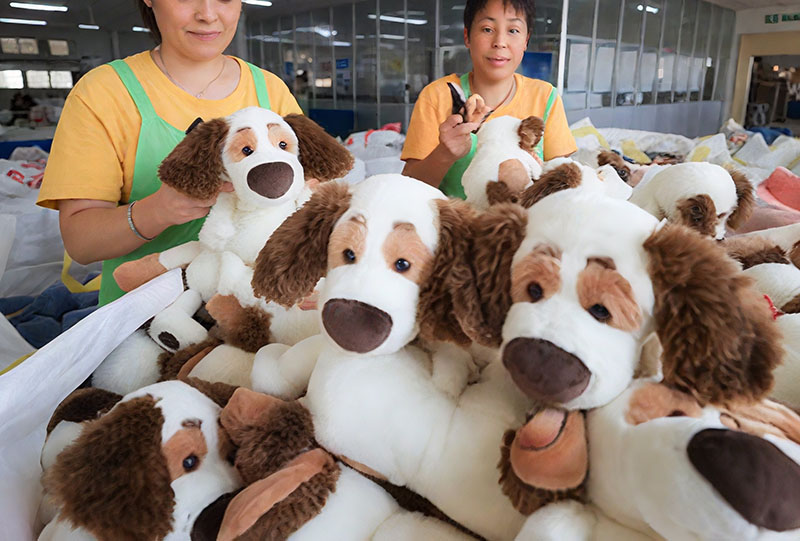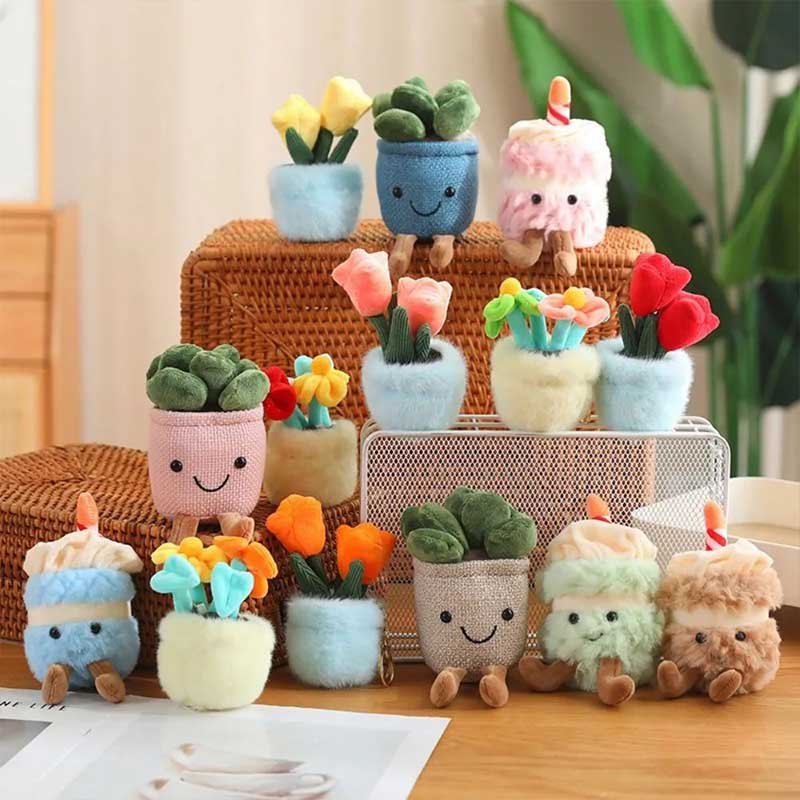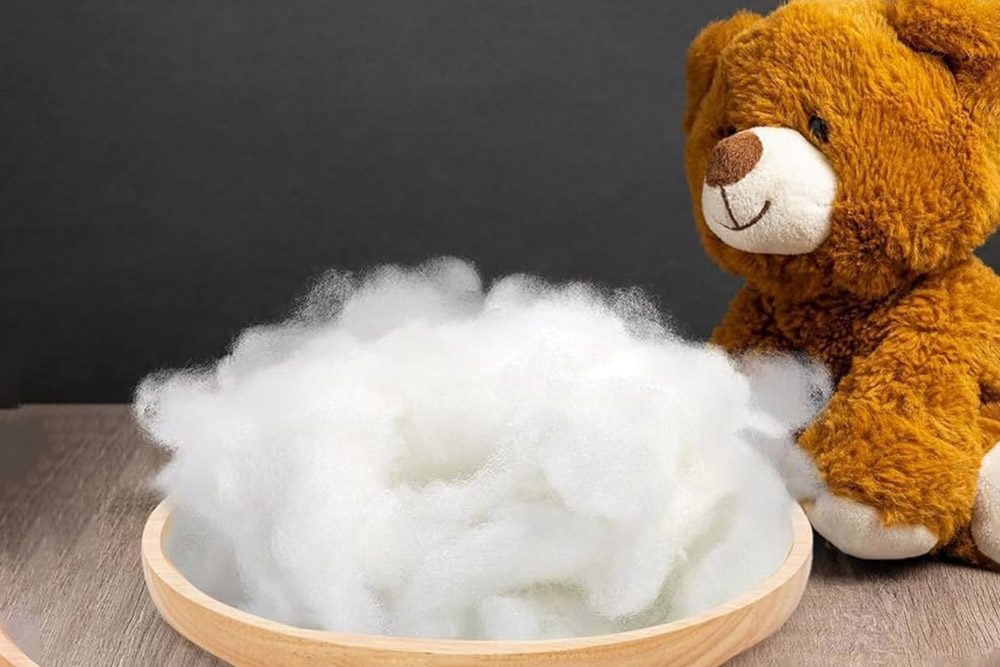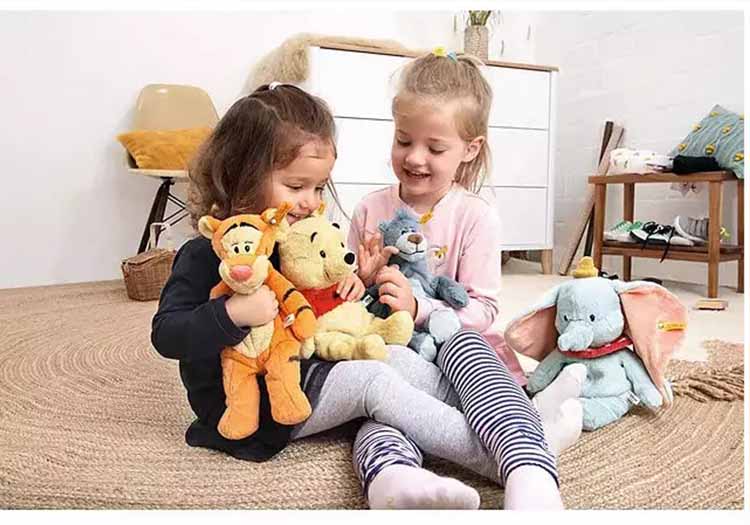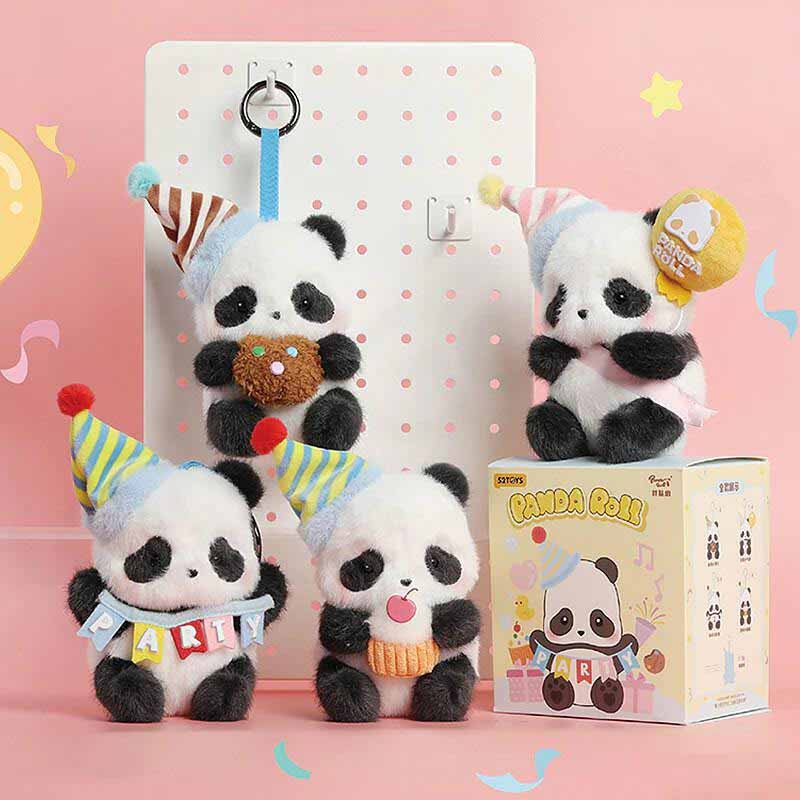Making a plush animal is a creative process that combines design, materials, and careful sewing techniques to create safe and appealing toys.
To make a plush animal, you need quality fabrics, stuffing, and sewing tools, along with patterns that guide shape and size. The process includes cutting, stitching, stuffing, and finishing, ensuring safety and durability. Buyers sourcing handmade or factory-made plush toys should understand these steps to evaluate quality.
Learning how plush animals are made helps brands, retailers, and manufacturers align on expectations.
What Materials and Tools Are Needed to Make a Plush Animal?

Every plush animal begins with the right materials and basic tools.
The most important materials include soft fabrics like short plush, velboa, or fleece, stuffing materials such as polyester fiberfill, and accessories like safety eyes or embroidery threads. Tools include scissors, sewing needles, or sewing machines.
The combination of materials influences the softness, durability, and overall appeal of the plush toy. Choosing high-quality fabrics ensures the product looks attractive while also being safe for children. Accessories such as safety eyes or embroidered features add personality but must follow safety standards like CE or ASTM.
From a buyer’s perspective, knowing what materials are used allows you to judge product safety and sourcing value. For manufacturers, it shows your attention to quality and your ability to meet international compliance requirements.
| Material / Tool | Role in Plush Animal | Notes |
|---|---|---|
| Plush fabric (short plush, velboa, fleece) | Creates outer look & softness | Choose based on market demand |
| Polyester fiberfill | Standard stuffing | Hypoallergenic & safe |
| Sewing needles / machines | Stitching body parts | Hand or machine methods |
| Embroidery thread | Facial details & logos | Safer than plastic parts |
| Safety eyes / noses | Adds character | Must be lock-tight & certified |
How Do You Design and Create Patterns for Plush Toy Sewing?

Patterns are the foundation of plush toy production.
A plush toy pattern acts like a blueprint, showing each body part’s shape and size. Designers sketch concepts, then translate them into paper or digital patterns that can be traced onto fabric.
Patterns need precision. A slight mistake can affect symmetry, balance, or the plush toy’s ability to hold stuffing correctly. Professional manufacturers use CAD systems to make accurate digital templates, while hobbyists often hand-draw and cut their patterns.
Patterns are especially important for custom plush toys. For example, if a retailer wants an animal mascot plush, the pattern must capture details like ears, tails, or facial expressions. These patterns guide sewing teams to ensure every piece looks identical in mass production.
| Step | Description | Importance |
|---|---|---|
| Concept sketch | Initial idea of the plush | Defines appearance |
| Pattern drafting | Shapes for each part | Ensures proportion |
| Mock-up sample | First stitched version | Tests design accuracy |
| Adjustments | Fix errors in shape | Improves quality |
| Final template | Approved pattern | Ready for bulk cutting |
What Are the Key Steps in Cutting, Stitching, and Assembling Plush Animals?

After patterns are ready, production moves to cutting and stitching.
Fabric is cut according to the pattern, then stitched into partial shapes like arms, legs, or heads. These pieces are later assembled into a full plush toy.
Stitching techniques matter. Double stitching is often used to strengthen seams. Invisible stitching is applied in areas where aesthetics matter, such as the face. Skilled workers or automated sewing machines ensure each seam is consistent and strong.
Assembly requires joining body parts—head, torso, limbs—before final stuffing. Manufacturers may add accessories like bows or clothes during this stage. If embroidery or logos are requested, they are often applied before final assembly to keep the toy neat.
For buyers, this stage reflects the factory’s efficiency and skill. Well-managed stitching and assembly lead to durable toys that pass safety inspections.
| Step | Action | Key Benefit |
|---|---|---|
| Cutting | Fabric shaped per pattern | Consistent sizing |
| Stitching | Sewing each part | Durability & neatness |
| Assembling | Joining body parts | Accurate appearance |
| Accessory add-on | Clothes, bows, logos | Customization options |
How Is Stuffing Added and Secured Inside Plush Toys?

Stuffing gives plush toys their softness and shape.
Polyester fiberfill is the most common stuffing material, but beads, foam, or cotton are sometimes added. Stuffing is placed evenly to avoid lumps, then secured with stitching.
Factories use different stuffing techniques depending on the toy’s design. Smaller toys may be hand-stuffed, while larger toys often require machines to ensure even filling. In weighted plush animals, beads are added to specific body parts like hands or feet to provide balance.
Securing stuffing is just as important as filling. Once the toy is filled, the opening seam is stitched with strong invisible stitches. This prevents leaks and ensures long-term durability. For child-safe products, stuffing materials must also pass flammability and chemical tests.
| Stuffing Material | Benefit | Notes |
|---|---|---|
| Polyester fiberfill | Soft, durable, affordable | Industry standard |
| Foam pieces | Firm support | Used in specialty plush |
| Beads (plastic/PP) | Weighted feel | For stress-relief plush |
| Cotton | Natural alternative | Less common in bulk |
What Techniques Ensure Safety, Durability, and Quality in Handmade Plush Animals?

Quality assurance is critical in plush toy manufacturing.
Techniques include double stitching seams, using lock-tight safety eyes, hypoallergenic stuffing, and compliance with CE, ASTM, or EN71 certifications. Each measure ensures the toy is safe for children and durable for long-term use.
Durability begins with materials. Fabrics should resist tearing, and embroidery should withstand repeated washing. For safety, small parts like eyes or noses must be lock-secured or replaced with embroidery to avoid choking hazards. Manufacturers also test for colorfastness, chemical safety, and flammability.
Buyers sourcing from manufacturers should always request safety certification reports. These documents prove that the plush toys meet international safety laws, making them fit for global distribution.
| Technique | Purpose | Buyer Value |
|---|---|---|
| Double stitching | Stronger seams | Longer lifespan |
| Safety eyes / embroidery | Prevent choking | Child safety |
| Certified stuffing | Non-toxic, hypoallergenic | Compliance with laws |
| Wash tests | Check durability | Customer satisfaction |
How Can Customization Options (Logos, Accessories, Embroidery) Be Applied to Plush Animals?

Customization helps brands stand out.
Plush animals can be personalized with embroidered logos, custom fabrics, unique accessories, or special packaging. These options make them powerful tools for branding, retail, and promotions.
Customization begins during the design stage. Retailers can choose colors that match their brand, or add accessories like clothes, hats, or scarves. Embroidered logos are preferred over printed ones because they are durable and safe. For premium markets, packaging—such as eco-friendly boxes or gift bags—can add value.
From a B2B perspective, customization is not only about aesthetics but also about differentiation. In crowded markets, a unique plush design helps attract attention and boost customer loyalty. Promotional companies often request mascot plushies with logos, while retailers seek exclusive seasonal plush collections.
| Customization | Example | Benefit |
|---|---|---|
| Embroidered logo | Brand mascot plush | Long-lasting branding |
| Accessories | Clothes, hats, scarves | Enhanced appeal |
| Unique fabrics | Organic cotton, RPET plush | Eco-friendly image |
| Packaging | Gift box or bag | Premium positioning |
Conclusion
Making plush animals involves materials, design, stitching, stuffing, safety, and customization. At Kinwin, we provide professional OEM & ODM plush services with full safety compliance.
Contact me, Amanda, at [[email protected]], or visit https://kinwintoys.com to develop your custom plush animal collection.


